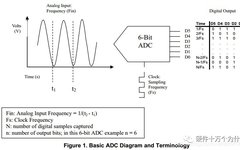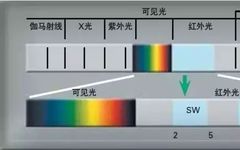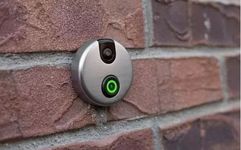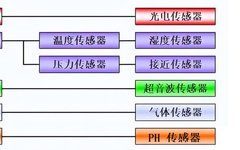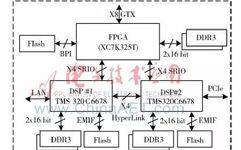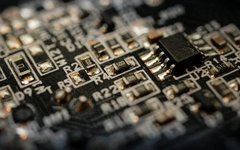A Comprehensive Guide to High-Speed ADCs
The purpose of this article is to introduce the theory and knowledge related to high-speed ADCs, detailing sampling theory, data sheet specifications, ADC selection criteria and evaluation methods, clock jitter, and other general system-level considerations. Additionally, some users hope to further enhance the performance of ADCs through techniques such as interleaving, averaging, or dithering. 1. … Read more
